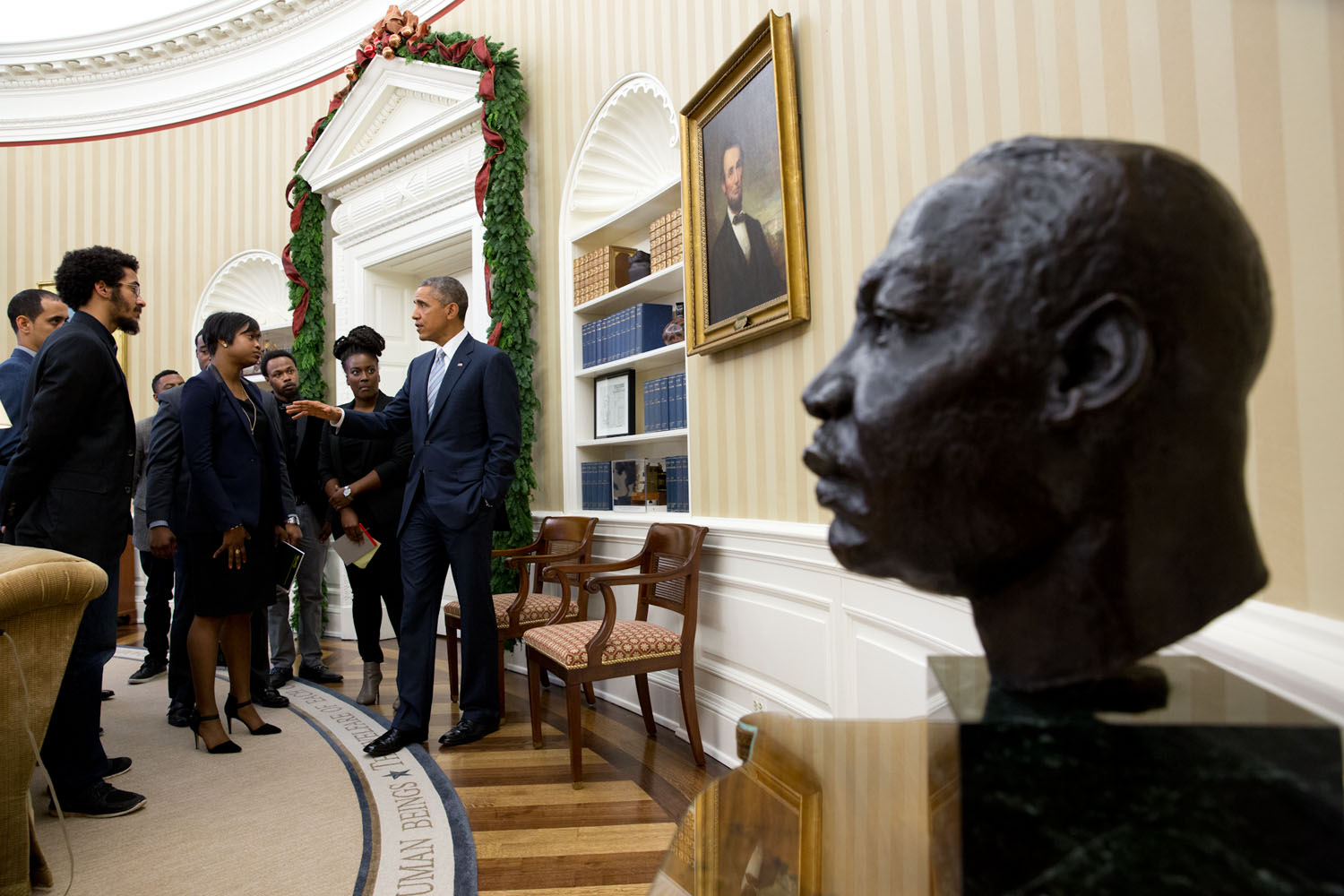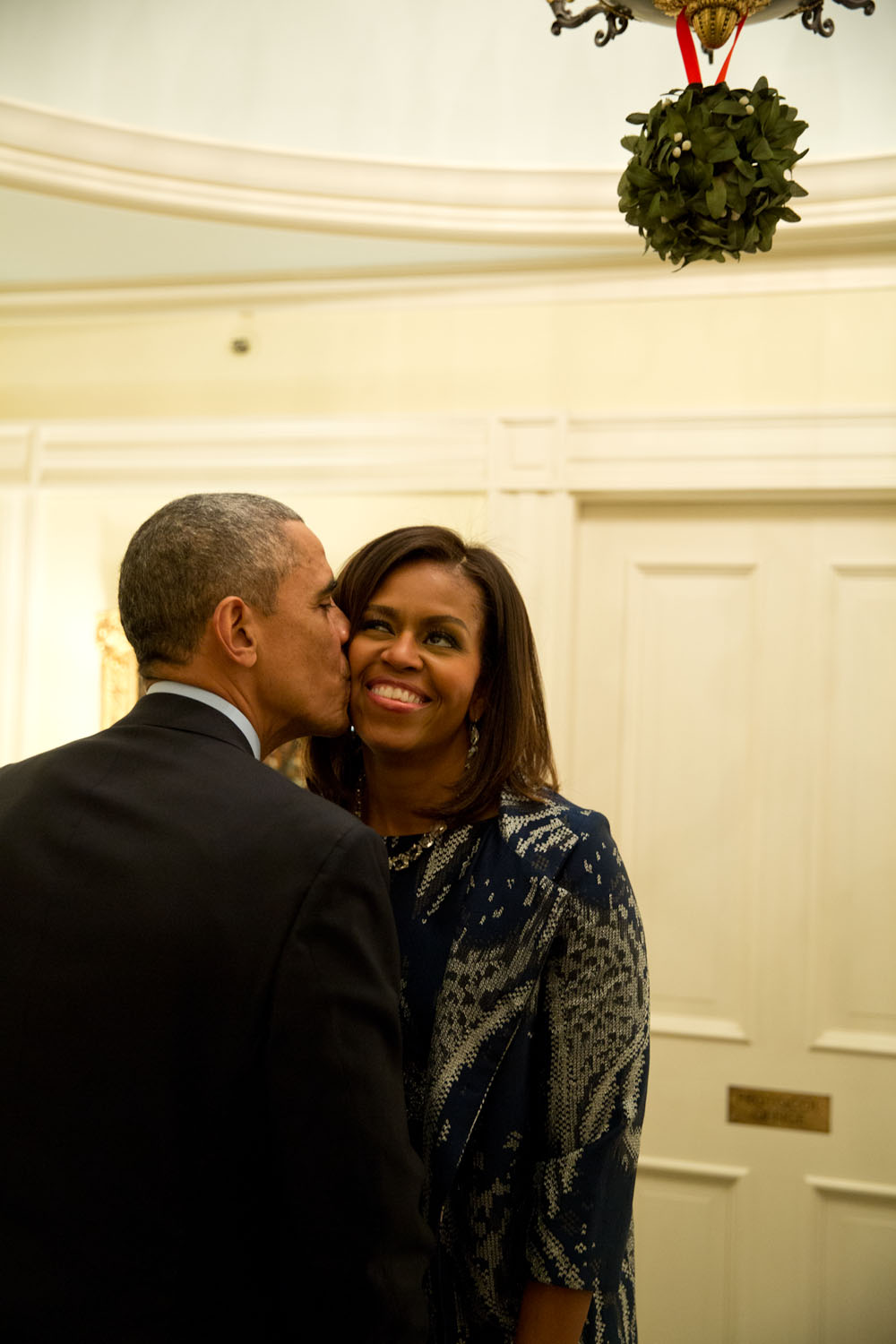A Path Out of the Middle East Collapse. By Henry Kissinger
With Russia in Syria, a geopolitical structure that lasted four decades is in shambles. The U.S. needs a new strategy and priorities.
Wall Street Journal, Oct 16, 2015
http://www.wsj.com/articles/a-path-out-of-the-middle-east-collapse-1445037513
The debate about whether the Joint Comprehensive Plan of Action with Iran regarding its nuclear program stabilized the Middle East’s strategic framework had barely begun when the region’s geopolitical framework collapsed. Russia’s unilateral military action in Syria is the latest symptom of the disintegration of the American role in stabilizing the Middle East order that emerged from the Arab-Israeli war of 1973.
In the aftermath of that conflict, Egypt abandoned its military ties with the Soviet Union and joined an American-backed negotiating process that produced peace treaties between Israel and Egypt, and Israel and Jordan, a United Nations-supervised disengagement agreement between Israel and Syria, which has been observed for over four decades (even by the parties of the Syrian civil war), and international support of Lebanon’s sovereign territorial integrity. Later, Saddam Hussein’s war to incorporate Kuwait into Iraq was defeated by an international coalition under U.S. leadership. American forces led the war against terror in Iraq and Afghanistan. Egypt, Jordan, Saudi Arabia and the other Gulf States were our allies in all these efforts. The Russian military presence disappeared from the region.
That geopolitical pattern is now in shambles. Four states in the region have ceased to function as sovereign. Libya, Yemen, Syria and Iraq have become targets for nonstate movements seeking to impose their rule. Over large swaths in Iraq and Syria, an ideologically radical religious army has declared itself the Islamic State (also called ISIS or ISIL) as an unrelenting foe of established world order. It seeks to replace the international system’s multiplicity of states with a caliphate, a single Islamic empire governed by Shariah law.
ISIS’ claim has given the millennium-old split between the Shiite and Sunni sects of Islam an apocalyptic dimension. The remaining Sunni states feel threatened by both the religious fervor of ISIS as well as by Shiite Iran, potentially the most powerful state in the region. Iran compounds its menace by presenting itself in a dual capacity. On one level, Iran acts as a legitimate Westphalian state conducting traditional diplomacy, even invoking the safeguards of the international system. At the same time, it organizes and guides nonstate actors seeking regional hegemony based on jihadist principles: Hezbollah in Lebanon and Syria; Hamas in Gaza; the Houthis in Yemen.
Thus the Sunni Middle East risks engulfment by four concurrent sources: Shiite-governed Iran and its legacy of Persian imperialism; ideologically and religiously radical movements striving to overthrow prevalent political structures; conflicts within each state between ethnic and religious groups arbitrarily assembled after World War I into (now collapsing) states; and domestic pressures stemming from detrimental political, social and economic domestic policies.
The fate of Syria provides a vivid illustration: What started as a Sunni revolt against the Alawite (a Shiite offshoot) autocrat Bashar Assad fractured the state into its component religious and ethnic groups, with nonstate militias supporting each warring party, and outside powers pursuing their own strategic interests. Iran supports the Assad regime as the linchpin of an Iranian historic dominance stretching from Tehran to the Mediterranean. The Gulf States insist on the overthrow of Mr. Assad to thwart Shiite Iranian designs, which they fear more than Islamic State. They seek the defeat of ISIS while avoiding an Iranian victory. This ambivalence has been deepened by the nuclear deal, which in the Sunni Middle East is widely interpreted as tacit American acquiescence in Iranian hegemony.
These conflicting trends, compounded by America’s retreat from the region, have enabled Russia to engage in military operations deep in the Middle East, a deployment unprecedented in Russian history. Russia’s principal concern is that the Assad regime’s collapse could reproduce the chaos of Libya, bring ISIS into power in Damascus, and turn all of Syria into a haven for terrorist operations, reaching into Muslim regions inside Russia’s southern border in the Caucasus and elsewhere.
On the surface, Russia’s intervention serves Iran’s policy of sustaining the Shiite element in Syria. In a deeper sense, Russia’s purposes do not require the indefinite continuation of Mr. Assad’s rule. It is a classic balance-of-power maneuver to divert the Sunni Muslim terrorist threat from Russia’s southern border region. It is a geopolitical, not an ideological, challenge and should be dealt with on that level. Whatever the motivation, Russian forces in the region—and their participation in combat operations—produce a challenge that American Middle East policy has not encountered in at least four decades.
American policy has sought to straddle the motivations of all parties and is therefore on the verge of losing the ability to shape events. The U.S. is now opposed to, or at odds in some way or another with, all parties in the region: with Egypt on human rights; with Saudi Arabia over Yemen; with each of the Syrian parties over different objectives. The U.S. proclaims the determination to remove Mr. Assad but has been unwilling to generate effective leverage—political or military—to achieve that aim. Nor has the U.S. put forward an alternative political structure to replace Mr. Assad should his departure somehow be realized.
Russia, Iran, ISIS and various terrorist organizations have moved into this vacuum: Russia and Iran to sustain Mr. Assad; Tehran to foster imperial and jihadist designs. The Sunni states of the Persian Gulf, Jordan and Egypt, faced with the absence of an alternative political structure, favor the American objective but fear the consequence of turning Syria into another Libya.
American policy on Iran has moved to the center of its Middle East policy. The administration has insisted that it will take a stand against jihadist and imperialist designs by Iran and that it will deal sternly with violations of the nuclear agreement. But it seems also passionately committed to the quest for bringing about a reversal of the hostile, aggressive dimension of Iranian policy through historic evolution bolstered by negotiation.
The prevailing U.S. policy toward Iran is often compared by its advocates to the Nixon administration’s opening to China, which contributed, despite some domestic opposition, to the ultimate transformation of the Soviet Union and the end of the Cold War. The comparison is not apt. The opening to China in 1971 was based on the mutual recognition by both parties that the prevention of Russian hegemony in Eurasia was in their common interest. And 42 Soviet divisions lining the Sino-Soviet border reinforced that conviction. No comparable strategic agreement exists between Washington and Tehran. On the contrary, in the immediate aftermath of the nuclear accord, Iran’s Supreme Leader Ayatollah Ali Khamenei described the U.S. as the “Great Satan” and rejected negotiations with America about nonnuclear matters. Completing his geopolitical diagnosis, Mr. Khamenei also predicted that Israel would no longer exist in 25 years.
Forty-five years ago, the expectations of China and the U.S. were symmetrical. The expectations underlying the nuclear agreement with Iran are not. Tehran will gain its principal objectives at the beginning of the implementation of the accord. America’s benefits reside in a promise of Iranian conduct over a period of time. The opening to China was based on an immediate and observable adjustment in Chinese policy, not on an expectation of a fundamental change in China’s domestic system. The optimistic hypothesis on Iran postulates that Tehran’s revolutionary fervor will dissipate as its economic and cultural interactions with the outside world increase.
American policy runs the risk of feeding suspicion rather than abating it. Its challenge is that two rigid and apocalyptic blocs are confronting each other: a Sunni bloc consisting of Egypt, Jordan, Saudi Arabia and the Gulf States; and the Shiite bloc comprising Iran, the Shiite sector of Iraq with Baghdad as its capital, the Shiite south of Lebanon under Hezbollah control facing Israel, and the Houthi portion of Yemen, completing the encirclement of the Sunni world. In these circumstances, the traditional adage that the enemy of your enemy can be treated as your friend no longer applies. For in the contemporary Middle East, it is likely that the enemy of your enemy remains your enemy.
A great deal depends on how the parties interpret recent events. Can the disillusionment of some of our Sunni allies be mitigated? How will Iran’s leaders interpret the nuclear accord once implemented—as a near-escape from potential disaster counseling a more moderate course, returning Iran to an international order? Or as a victory in which they have achieved their essential aims against the opposition of the U.N. Security Council, having ignored American threats and, hence, as an incentive to continue Tehran’s dual approach as both a legitimate state and a nonstate movement challenging the international order?
Two-power systems are prone to confrontation, as was demonstrated in Europe in the run-up to World War I. Even with traditional weapons technology, to sustain a balance of power between two rigid blocs requires an extraordinary ability to assess the real and potential balance of forces, to understand the accumulation of nuances that might affect this balance, and to act decisively to restore it whenever it deviates from equilibrium—qualities not heretofore demanded of an America sheltered behind two great oceans.
But the current crisis is taking place in a world of nontraditional nuclear and cyber technology. As competing regional powers strive for comparable threshold capacity, the nonproliferation regime in the Middle East may crumble. If nuclear weapons become established, a catastrophic outcome is nearly inevitable. A strategy of pre-emption is inherent in the nuclear technology. The U.S. must be determined to prevent such an outcome and apply the principle of nonproliferation to all nuclear aspirants in the region.
Too much of our public debate deals with tactical expedients. What we need is a strategic concept and to establish priorities on the following principles:
• So long as ISIS survives and remains in control of a geographically defined territory, it will compound all Middle East tensions. Threatening all sides and projecting its goals beyond the region, it freezes existing positions or tempts outside efforts to achieve imperial jihadist designs. The destruction of ISIS is more urgent than the overthrow of Bashar Assad, who has already lost over half of the area he once controlled. Making sure that this territory does not become a permanent terrorist haven must have precedence. The current inconclusive U.S. military effort risks serving as a recruitment vehicle for ISIS as having stood up to American might.
• The U.S. has already acquiesced in a Russian military role. Painful as this is to the architects of the 1973 system, attention in the Middle East must remain focused on essentials. And there exist compatible objectives. In a choice among strategies, it is preferable for ISIS-held territory to be reconquered either by moderate Sunni forces or outside powers than by Iranian jihadist or imperial forces. For Russia, limiting its military role to the anti-ISIS campaign may avoid a return to Cold War conditions with the U.S.
• The reconquered territories should be restored to the local Sunni rule that existed there before the disintegration of both Iraqi and Syrian sovereignty. The sovereign states of the Arabian Peninsula, as well as Egypt and Jordan, should play a principal role in that evolution. After the resolution of its constitutional crisis, Turkey could contribute creatively to such a process.
• As the terrorist region is being dismantled and brought under nonradical political control, the future of the Syrian state should be dealt with concurrently. A federal structure could then be built between the Alawite and Sunni portions. If the Alawite regions become part of a Syrian federal system, a context will exist for the role of Mr. Assad, which reduces the risks of genocide or chaos leading to terrorist triumph.
• The U.S. role in such a Middle East would be to implement the military assurances in the traditional Sunni states that the administration promised during the debate on the Iranian nuclear agreement, and which its critics have demanded.
• In this context, Iran’s role can be critical. The U.S. should be prepared for a dialogue with an Iran returning to its role as a Westphalian state within its established borders.
The U.S. must decide for itself the role it will play in the 21st century; the Middle East will be our most immediate—and perhaps most severe—test. At question is not the strength of American arms but rather American resolve in understanding and mastering a new world.
Mr. Kissinger served as national-security adviser and secretary of state under Presidents Nixon and Ford.








